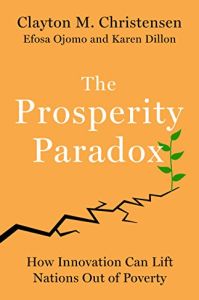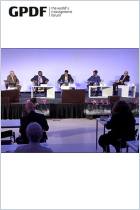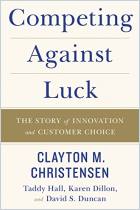Acesse a sua conta getAbstract para obter o resumo!

Acesse a sua conta getAbstract para obter o resumo!
Karen Dillon, Efosa Ojomo and Clayton M Christensen
The Prosperity Paradox
How Innovation Can Lift Nations Out of Poverty
HarperBusiness, 2019
Sobre o que é?
To address poverty in the developing world, don’t dig a well – build a business.
Recommendation
Forget digging wells in poor villages as a way to fight poverty. The real road to prosperity lies in building creative, profitable businesses, argues the late innovation expert Clayton M. Christensen. He and his co-authors, Efosa Ojomo and Karen Dillon, posit that trillions in development dollars sent to struggling nations could be put to better use. It’s a contrarian claim, but the authors manage to support their position without seeming mean-spirited. Their book will inspire business leaders and innovators concerned about poverty in the developing world.
Summary
About the Authors
Clayton M. Christensen (1952–2020) was a professor at Harvard Business School, the author of 12 books and the co-founder of four companies. Efosa Ojomo leads the Global Prosperity research group at the Clayton Christensen Institute for Disruptive Innovation. Karen Dillon is the former editor of the Harvard Business Review.






















Comment on this summary